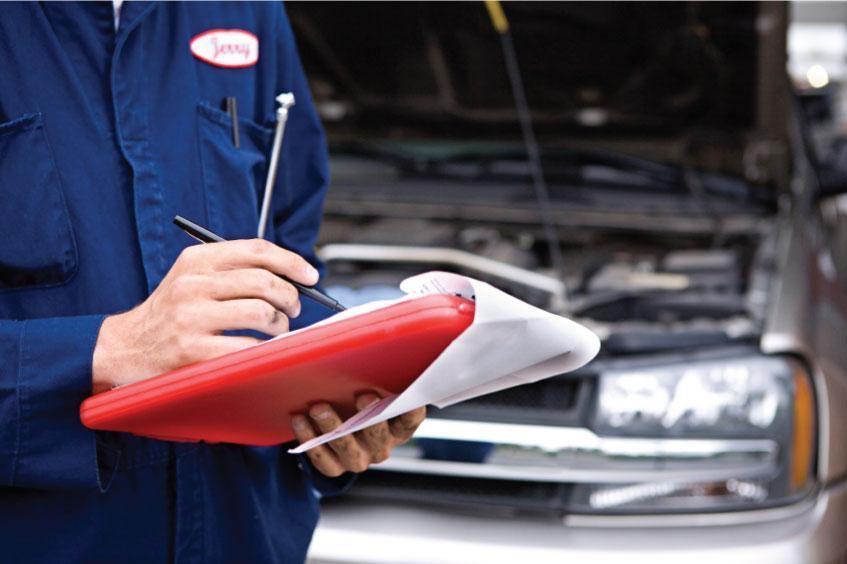This weekend, take some time to perform some basic car maintenance tasks. Checking the oil level, topping off the washer fluid, and inflating the tires are all relatively easy tasks that will help keep your car running smoothly.
Plus, by taking care of these small tasks yourself, you can save yourself a trip to the mechanic! So here are 7 car maintenance tasks to do this weekend.
1. Check Your Oil Level
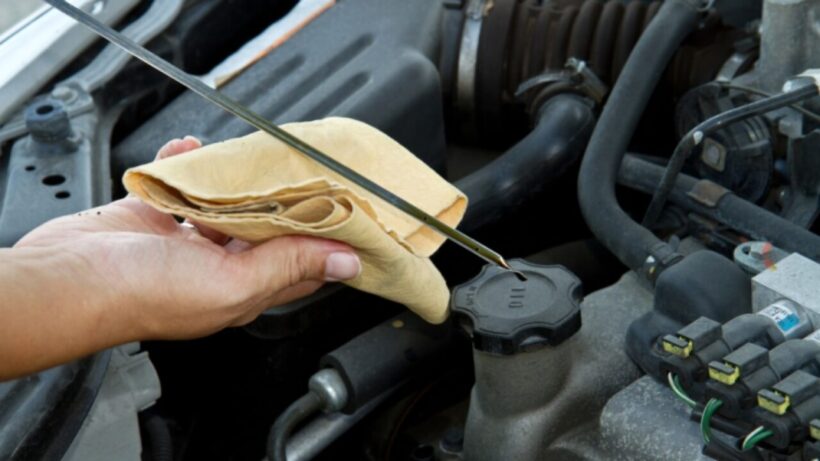
It’s important to keep your engine well-lubricated. Oil in your engine serves a variety of purposes, such as minimizing friction between moving parts, keeping the engine cool, and preventing it from corrosion. Thus it’s very important that you keep a check on it.
If you own a car that uses conventional oil, it’s generally recommended that you get an oil change every 3,000 miles or so. However, if you own a car with synthetic oil, you can usually go much longer between the changes — around 5,000 to 7,000 miles.
To check your oil level, pull out the dipstick on the engine and wipe it clean with a rag. Then, reinsert the dipstick and pull it out again to check the oil level. If it’s low, add more oil until it reaches the “full” line on the dipstick.
If you’re looking for affordable car accessories — such as engine oil — try browsing the catalogue at Big W.
2. Top Off Your Washer Fluid
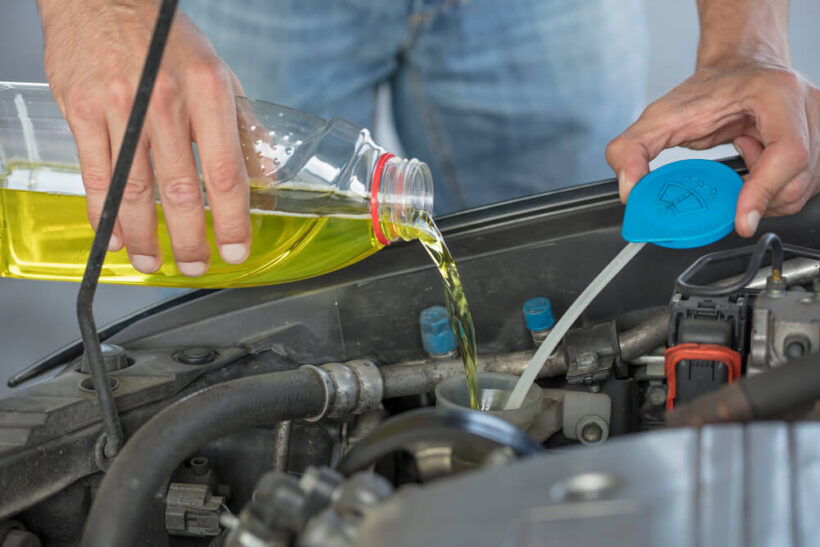
Windshield washer fluid is important for keeping your windshield clean, especially in the winter when road grime and salt can build up. In the summer, it’s important for keeping your windshield clean of bugs and other debris.
To check your washer fluid level, open the hood of your car and locate the reservoir. The reservoir is usually a translucent plastic container with a fill line marked on it. If the fluid is below the fill line, add more until it reaches the line.
Also, don’t forget to check whether your wiper blades need replacing. Wiper blades should be replaced at least once a year, or sooner if they start to damage your windshield. You can usually tell when they need to be replaced because they will leave streaks on your windshield. Here are 11 more ways to protect your windshield.
3. Inflate Your Tires
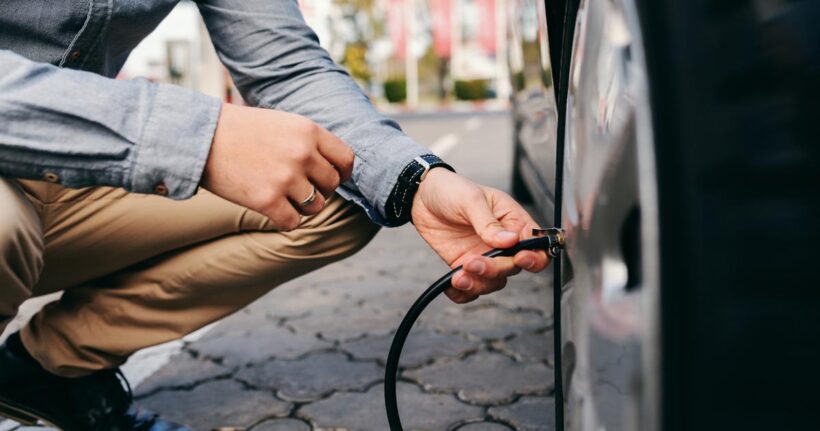
It’s important to keep your tires inflated to the correct pressure for several reasons — safety, fuel efficiency, and control of regular tire wear. Properly inflated tires are less likely to blow out, and they help your car run more efficiently.
To check your tire pressure, you’ll need a tire pressure gauge. You can usually find these at an auto parts store. Once you have a gauge, locate the valve stem on each tire and remove the cap. Then, press the gauge onto the valve stem and hold it there for a few seconds. The gauge will give you a reading of the pressure in your tire.
If the pressure is below the recommended amount (which can be found on a sticker inside the driver’s door), use a portable air compressor or head to a gas station to inflate your tires.
Most gas stations have air compressors that you can use for free. Just be sure to check your owner’s manual for the recommended tire pressure of your car.
4. Repair Worn Out Car Seats
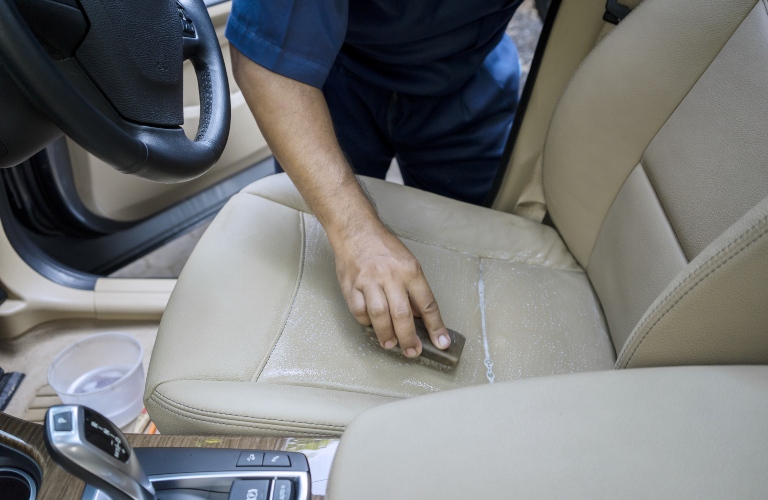
If your car seats are starting to look a bit worn, there are a few things you can do to repair them. First, try cleaning the seats. For fabric seats, you can try using a lint roller to remove any pet hair or dust. If the fabric is looking faded, you can try using a fabric refresher spray.
For leather seats, you can use a leather conditioner to help prevent cracking and keep them looking shiny. You can also use a lint-free cloth to wipe down the seats and remove any dirt present.
If this isn’t enough, you may need to resort to a more heavy-duty fix. One option is to use a leather repair kit. These kits usually come with everything you need to fix small tears or scratches in your leather seats. Just make sure you select the right kit for your type of leather (vegan, top-grain, etc.).
5. Clean Your Headlights
Headlights can get pretty dirty over time, which can affect your visibility while driving. To clean your headlights, you’ll need a headlight restoration kit. These kits usually include sandpaper, a polishing compound, and a UV sealant.
To use the kit, follow the instructions that come with it. You’ll likely need to sand down the headlights to remove any yellowing or hazing. Then, you’ll apply the polishing compound to restore the clarity of the headlight. Finally, you’ll apply the UV sealant to help protect the headlights from future damage.
6. Wax Your Car
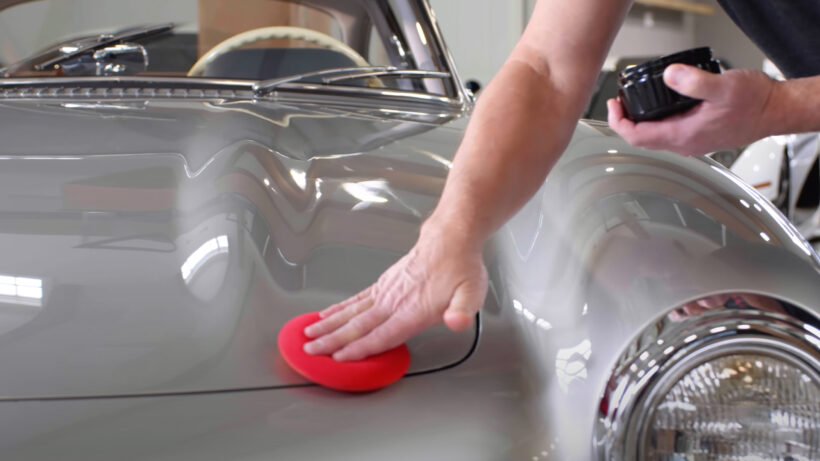
Waxing your car not only makes it look nicer, but it also protects the paint from scratches and other damage. You can wax your car by hand or use an electric buffer. If you choose to wax by hand, be sure to use a microfiber cloth to avoid scratching the paint.
To wax your car, first wash it to remove any dirt or grime. Then, apply the wax in a thin, even layer. Once the wax is applied, you’ll need to buff it off. For best results, use an electric buffer set to a low speed and check out these 10 car wax tips.
7. Change Your Engine Air Filter
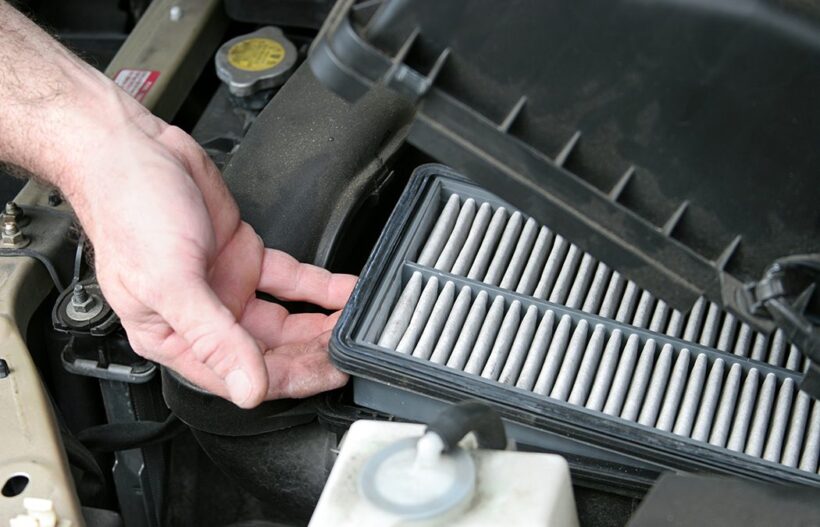
Your car’s engine air filter keeps the engine clean and running smoothly. Over time, however, the filter can become clogged with dirt and debris. This can reduce your car’s fuel efficiency and performance.
To check your air filter, locate the filter housing under the hood of your car. Once you find it, remove the housing and take out the filter.
If the filter is dirty, you’ll need to replace it with a new one. You can usually find replacement filters at any auto parts store. Just be sure to select the right filter for your car’s make and model.

